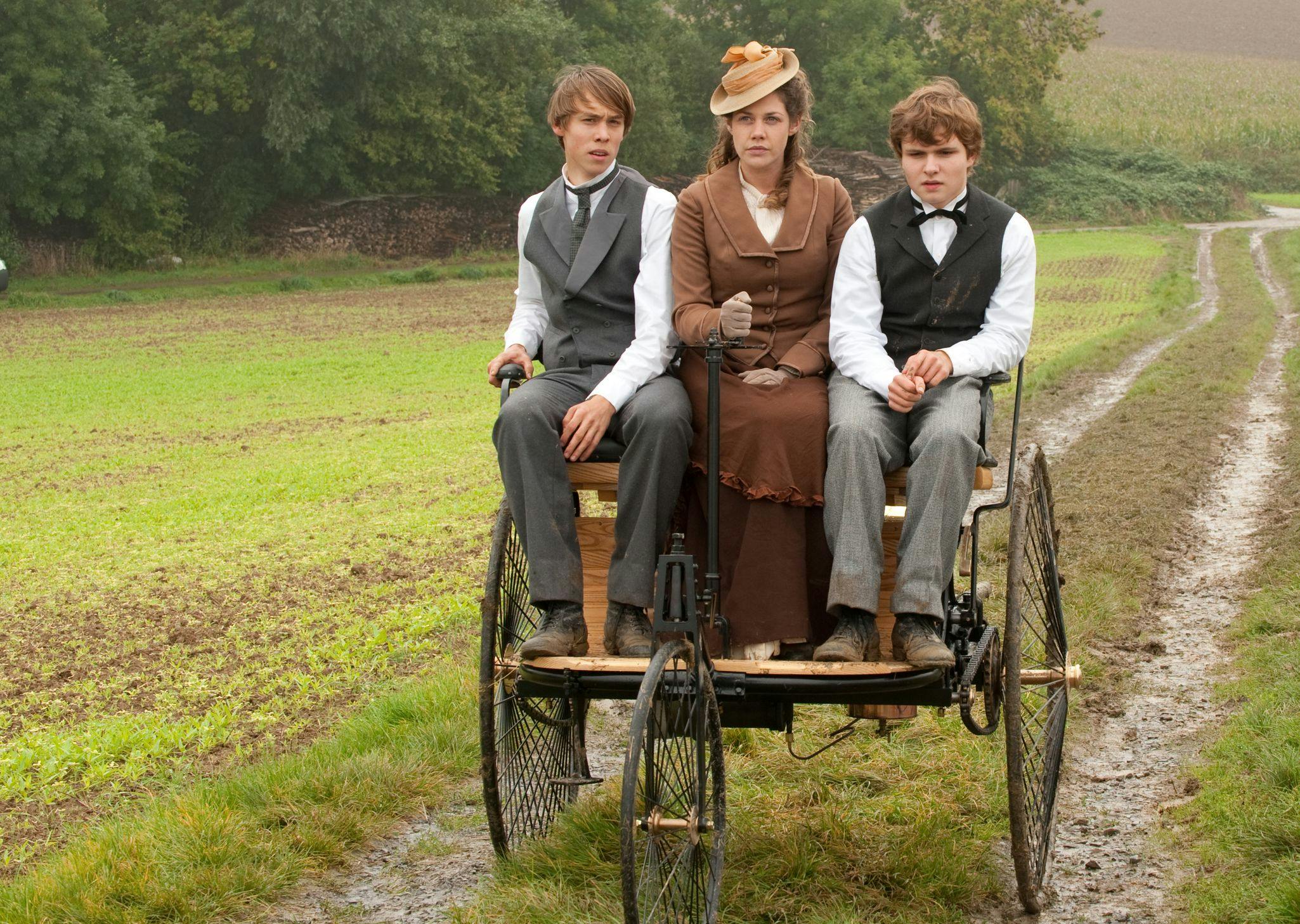
TAGTIK NEWS - TO THE POINT
Bertha, the woman who popularised the automobile

The first steam-powered vehicles date back to the late 18th century, but it was 100 years later that the automobile was truly born. Among these pioneers was the incredible Bertha Benz, to whom motorists owe a great deal.
From the 1860s, steam, gas, petrol, and electric cars began to emerge in the workshops of inventors, engineers, and mechanics. They often kept these contraptions confined to their workshops and the parks or driveways surrounding them, sometimes on a closed track. In short, they tinkered, tested, and experimented, but it wasn't yet enough to worry horseback riders and carriage drivers. Then came the 5th of August 1888. On that day, everything changed with Carl Benz's tricycle Patent Motorwagen. And it was thanks to his wife, who helped him with the project, even getting her hands dirty, that the automobile revolution came about.
At mum's
Carl Benz could count on Bertha's financial support, before their marriage for legal reasons, to develop his tricycle and file the patent for what is sometimes considered the first true automobile. Bertha Benz was probably tired of seeing her husband doubt his invention, hesitant about the interest in his creation, and keeping it on their property. Yet Carl received official permission to use his horseless carriage (the first driving licence in history) from the 1st of August 1888. But he hesitated, and that was no way to make all the couple's efforts to develop this peculiar contraption worthwhile.
Guaranteed impression
Instead of a marital argument, Mrs Benz opted for flair. Hence, to prove the worth of the 3rd prototype of the Patent Motorwagen, Bertha decided to visit her mother... by car! Without telling her husband and without a driving licence, Bertha Benz, 39, left Mainz at dawn on the 5th of August 1888, with her eldest sons Richard (14) and Eugen (15). They embarked in their father's automobile and travelled to Pforzheim, not far from Stuttgart, to visit her mother. A journey of 194km on the "roads" that would be remembered forever. Imagine the townspeople, villagers and country folk witnessing a clattering machine driven by two teenagers and a woman. A woman! Remember, it's the 19th century. So, if a woman can do it...
Breakdowns
The trio arrived at their destination in the evening. She hurried to inform her husband about her plan and its success at an average speed of 15 km/h by telegram. A great achievement considering the times! And the very next day, she made the return journey home. During the outward journey, Bertha Benz had to show innovation and initiative, as the tricycle showed some signs of weakness. She had to have the chain repaired by a blacksmith. She also used a hairpin to unclog fuel pipes. A garter was sacrificed to insulate a cable. She had to find water and replace batteries. She also had to solve a brake problem. And not only was she able to fix them, but she also invented the principle of the brake pad in the process!
Success
And what about the petrol, you might ask? Oil could simply be found in pharmacies. A habit that would continue for a few more years before the network of mechanical workshops and petrol stations became widespread. In any case, Bertha Benz's journey with her sons was a popular and media success. It demonstrated the car's usefulness, its ease of use (even a woman could drive it), and the relative reliability of Carl Benz's invention. He also benefited from his wife's experience and comments to add a second gear to the vehicle to climb hills more easily. He thus improved the tricycle before marketing it (finally, Bertha must have said to herself). The adventure made their fortune and was the origin of one of the most respected car brands in the world: Mercedes-Benz!
(MH with Olivier Duquesne – Source: Mercedes-Benz & Wikipedia – Picture: © Mercedes-Benz)
LATEST NEWS

Born on December 6: Ben Watt, the male half of Everything But The Girl

Born on December 5: Patricia Kaas, The Voice's (France) new coach

Jafar Panahi Wins New York Award and is Sentenced to Prison by Iran

Born on December 2: Peter Kingsbery, founder of Cock Robin with firebrand Ana LaCazio

Born on December 1: Julee Cruise, "Twin Peaks'" haunting voice

Born on December 1st: Alain Bashung, French rock poet who waited a long time for success
Quick links